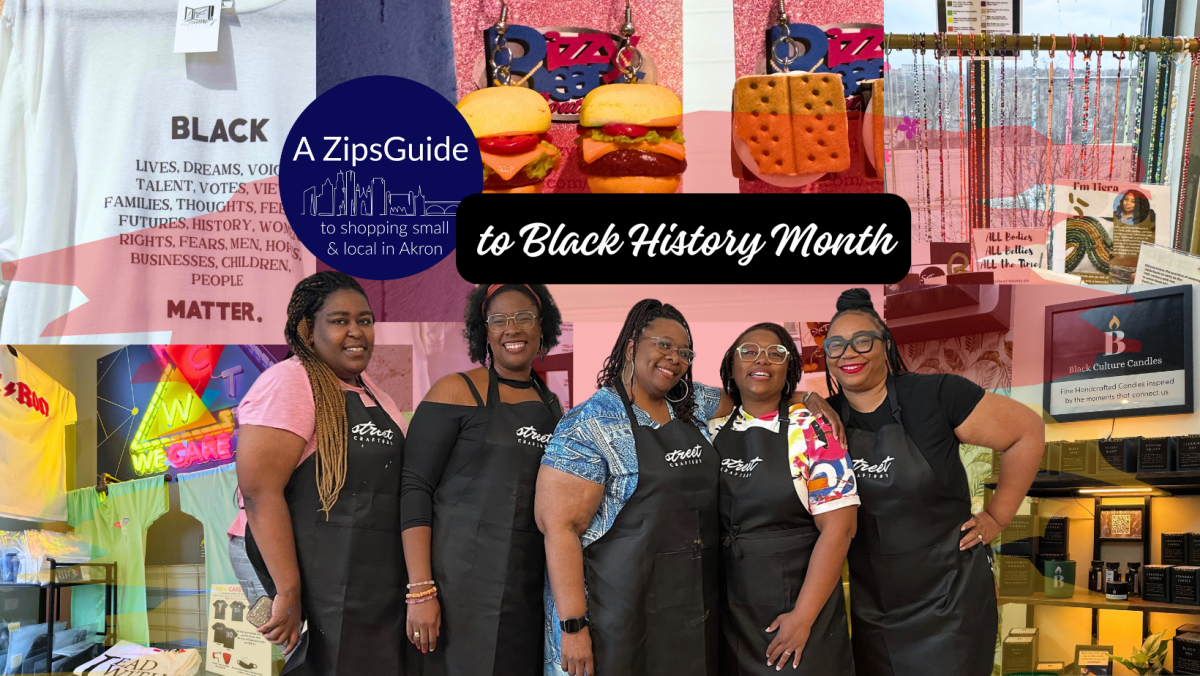“Our culture is saturated in pop culture and media communications technology. These messages provide us with definitions of masculinity and femininity, telling us how to be and what is acceptable of males or females. As adults we are able to critically interpret and understand these messages and to make choices about the products we buy or the ideas we believe.”
“
Our culture is saturated in pop culture and media communications technology. These messages provide us with definitions of masculinity and femininity, telling us how to be and what is acceptable of males or females.
As adults we are able to critically interpret and understand these messages and to make choices about the products we buy or the ideas we believe. But what of our children, especially our girls?
These messages are often geared toward women most often focusing on their bodies, their sexuality and unattainable beauty standards:
Be thinner, be taller.
If you’re white, be darker; if you’re a person of color, be lighter.
Have larger breasts, a clear complexion, white teeth, long hair.
Wear fashionable, brand-name clothing and don’t forget to wear your make-up.
Diet,diet, diet.
Exercise, workout, burn fat.
And if you need help with any of these, just buy… (fill in magical pill or product here).
One study of over 4,000 network television commercials showed that one out of nearly four commercials sent some kind of message about attractiveness. And, according to a study done by Alfreiter, Elzinga and Gordon in 2003, on average we consume approximately 5,000 advertisements a day. You do the math. That’s a lot of advertisements about our physical aesthetic value.
And that’s just TV. Our girls are on the internet and reading magazines, too. Magazines specifically focus entire issues or various articles on women’s beauty and bodies. One study of mass media magazines done by Guillen and Barr in 1994, found that women’s magazines had ten times more ads and articles for women’s weight loss than men’s magazines did.
Another study, this one pertaining specifically to an adolescent magazine, surveyed the articles about fitness or exercise plans over a 20 year period, finding that 74 percent listed to become more attractive as a reason to start exercising.
These messages are everywhere and are even more pervasive and influential because of the celebrities that are constantly in the limelight. Of course their ubiquitous presence is part of their fame, a part of promoting their own product: their show, their movie, their music, etc. That’s show-biz. And of course they have tons of professionals and a ton of money to help them reach these beauty ideals. We, as adults, know these images are illusions. But our girls don’t.
What they know is what is considered beautiful. They know that the aim is to be pretty and so they buy into the images, the products and the messages. They model the women they see in pop culture, the Britney Spears and Paris Hiltons of the world, believing that these women prove that these ideals are possible and attainable.
And so our young girls start dieting at ridiculously young ages, exercising excessively, wearing makeup and purchasing clothes that make them sexy. Thirteen-year-olds look like 18-year-olds. And they think it’s okay because this is how they’re supposed to look, this is what they’re supposed to do as girls who are ready to become young women.
I could go on and on about the illusions of femininity that mass media creates, but I haven’t the time. In short, I’m saying I’m worried. I’m worried about the influences this communication technology and pop-culture obsessed nation has on our children, especially our girls.
When we are able to feed them thousands of messages about their bodies a day, and if we’re not having conversations with them about these messages, what are they learning? That being beautiful is it? That having the perfect body is the ultimate goal? That beauty and sexual charisma will solve all problems? Get them jobs? Make them happy?
It’s time to start talking to our girls about what they see and how they’re interpreting the images. It’s time we start refocusing their attention on more worthy things than their appearance. It’s time we feed them messages that tell them they are more than just a pretty face.
“











